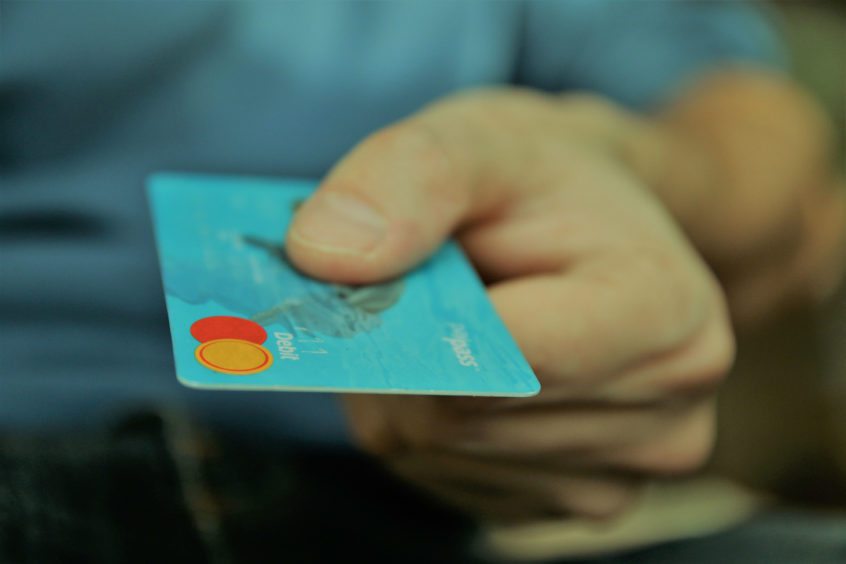While we don’t yet live in a cashless society, we are certainly on our way there. Credit cards heralded the beginning of the cashless revolution, with fast, secure and convenient digital payments following closely on their tails.
For a small business looking to make money in store and online, the ability to accept credit card payments is essential. But how do you get started, what are the benefits and which option is best for your business? In this article, we’ll share the basics of setting up credit card payments and how to take your business to the next level.
How Do You Want To Accept Credit Card Payments?
Setting your business up to accept credit card payments is actually easier than you might think, but you need to decide what you need first. Credit card payments are usually offered in two ways:
- In Person – If you’re doing business with customers in person, then you’ll need to take payments at the point-of-sale. You can do this through an electronic POS system, a traditional card swiper or even through a mobile device.
- Remotely – If you plan to offer online credit card payments to your customers, you’ll need to set up the relevant software on your website.
Merchant Account or Payment Gateway?
You will also need to decide whether you want to set up a merchant account or payment gateway. There are distinct differences in functionality and cost between the two options:
Merchant Account – This is a type of bank account that enables your business to accept payments in a range of different ways, including via debit and credit cards. They act essentially as a middleman, approving (or rejecting) transactions and depositing the money directly into your bank account. You will typically need a merchant gateway if you are taking payment through a POS or credit card terminal system.
Payment Gateway – A credit card payment gateway, such as PayPal or WorldPay, is a critical component if you want to take payments via your website or a mobile device. Working very much like an online credit card machine, payment gateways allow customers to pay for goods and services securely with their credit or debit card. Once the payment has been submitted to the third party payment gateway, the credit card is charged, and the money is deposited either directly to your bank account or your payment gateway account for withdrawal.
Which Option is Right for My Business?
The credit card payment option you choose will depend on the nature of your business and how you trade with your customers. Let’s look at some common scenarios and solutions:
- For the small business that trades solely from a brick and mortar store, a merchant account and Point-Of-Sale (POS) system are likely to be the best option.
- The small business owner operating out on the road could make payment collection much easier with a mobile payment device and linked payment gateway account. PayPal, for example, offers a mobile payment system that allows you to take payments from customers in seconds.
- If you plan to take payments through your website, you’ll need a payment gateway account that allows customers to enter their credit card details securely.
Final Thoughts
We are living in a world where consumers expect checkout transactions to occur in mere moments. Many prefer cards over cash and like the peace of mind and convenience that fast, secure and convenient credit card payment offers. Whether you are a small business looking to take your business online for the first time, or a store owner looking to make things easier for your customers, credit card payments are simple to implement and could help you to become more profitable.

